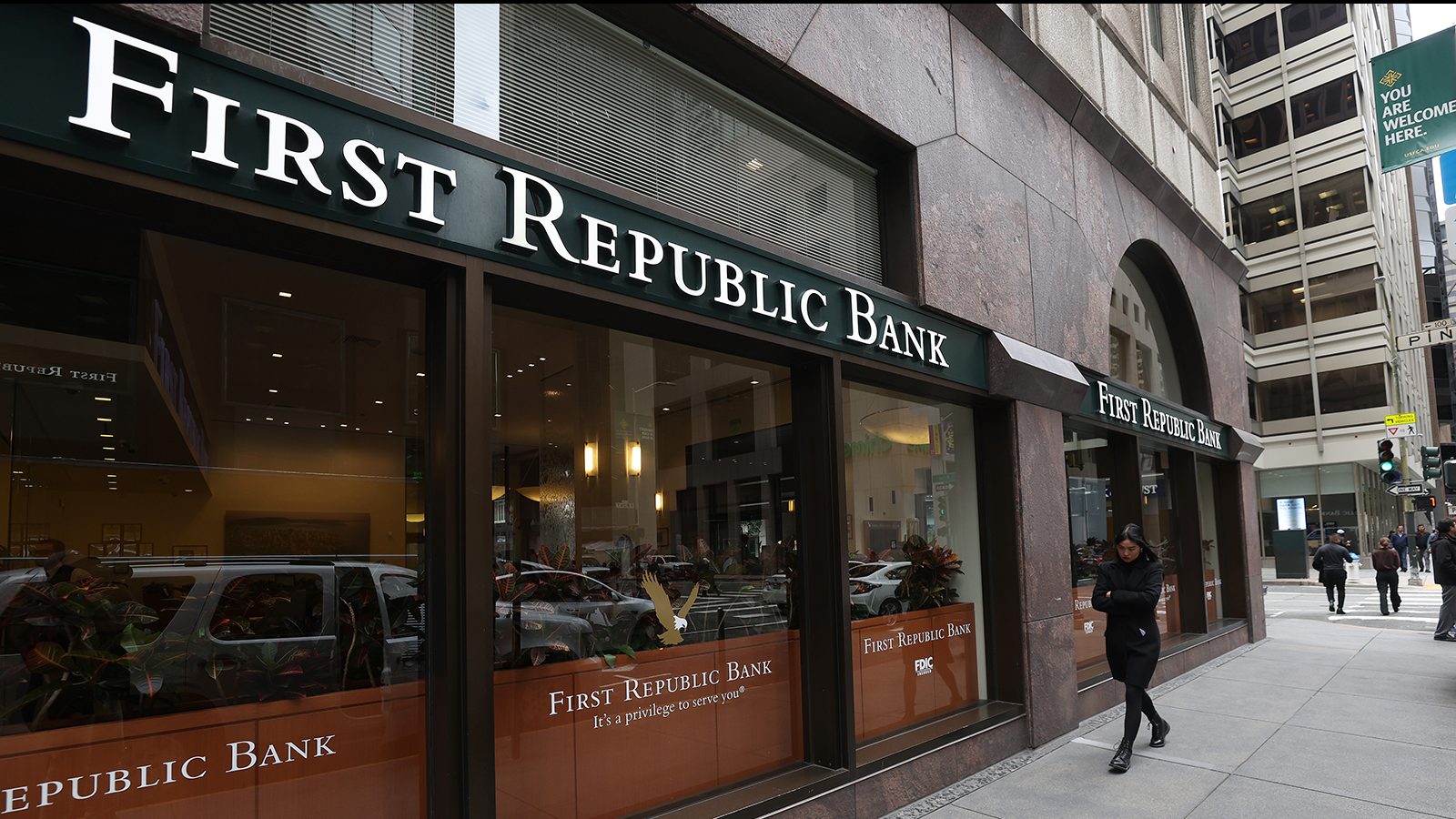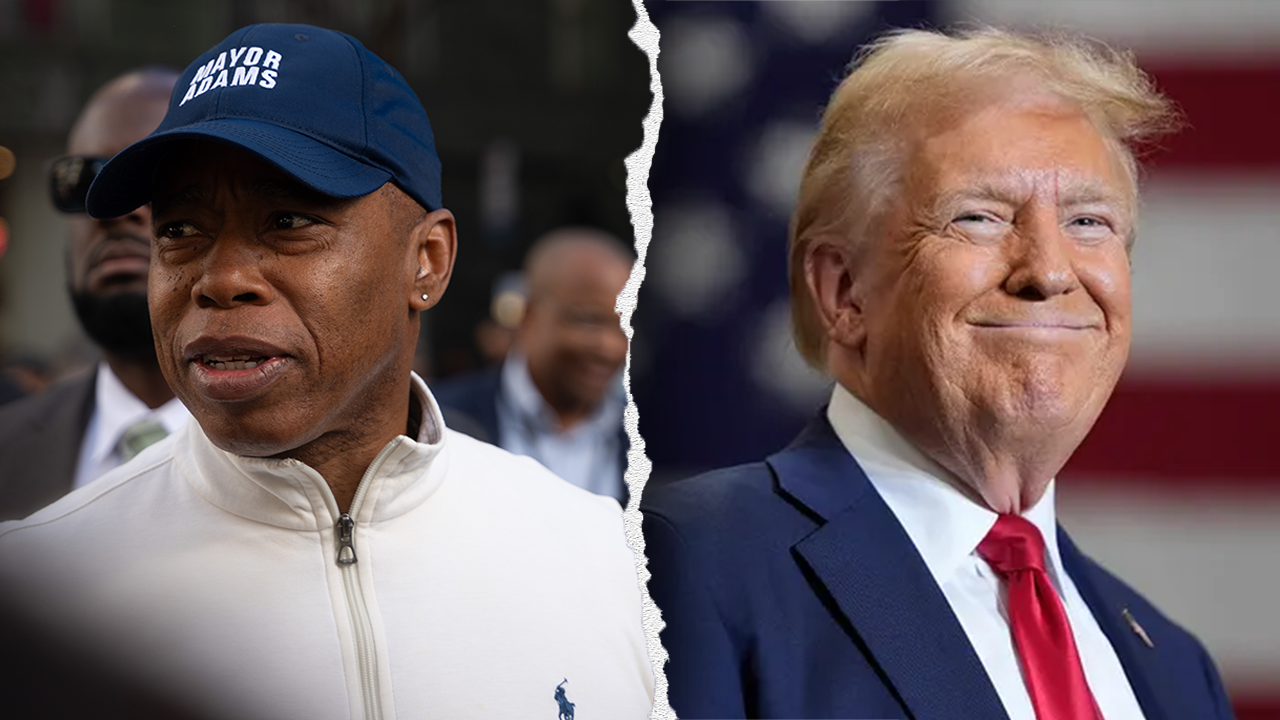New York (Trends Wide) — First Republic Bank, which is facing a crisis of investor and customer confidence, will receive a $30 billion lifeline from a group of America’s largest banks.
“This show of support from a group of large banks is very welcome and demonstrates the resilience of the banking system,” the Treasury Department said in a statement Thursday.
Major banks include JPMorgan Chase, Bank of America, Wells Fargo, Citigroup, and Truist.
The $30 billion infusion will give the San Francisco lender much-needed cash to meet customer withdrawals and bolster confidence in the US banking system during a tumultuous time for lenders.
A First Republic spokesman declined to comment.
Markets are on the edge due to liquidity problems
First Republic shares were halted several times on volatility on Thursday. The stock briefly rose 22% in the afternoon after falling more than 30% earlier in the day.
The bank’s woes reflect continuing concerns about the banking system following the collapse of Silicon Valley Bank and Signature Bank.
Both Fitch Ratings and S&P Global Ratings downgraded First Republic Bank’s credit rating on Wednesday over concerns that depositors could withdraw their cash.
Many regional banks, including First Republic, have large amounts of uninsured deposits above the FDIC’s $250,000 limit. Although nowhere near SVB’s massive share of uninsured deposits (94% of its total), First Republic has a sizeable 68% of total deposits that are uninsured, according to S&P Global.
That led many clients to leave the bank and put their money elsewhere, creating a problem for First Republic: It has to borrow money or sell assets to pay clients their cash deposits.
To make money, banks use a portion of customer deposits to make loans to other customers. But First Republic has an unusually high liability-to-deposit ratio of 111%, says S&P Global. That means the bank has lent more money than it has in customer deposits, making it an especially risky bet for investors.
The Federal Reserve created a loan system designed to prevent regional banks from failing after the SVB collapse. The facility will allow banks to give the Fed their Treasury bills as collateral for one-year loans. In exchange, the Fed will give banks the value the banks paid for Treasury bonds, which plunged last year as the Fed raised interest rates.
That extraordinary federal intervention appears to have been insufficient to keep investors satisfied.
First Republic announced an agreement with JPMorgan on Sunday to get quick access to cash if needed, and the bank said it had $70 billion in unused assets that it could quickly use to pay customer withdrawals if necessary.






